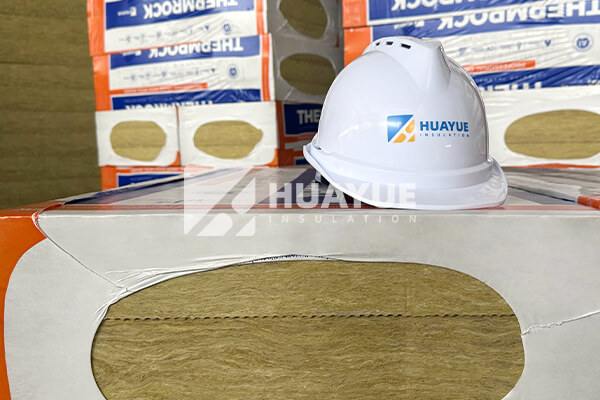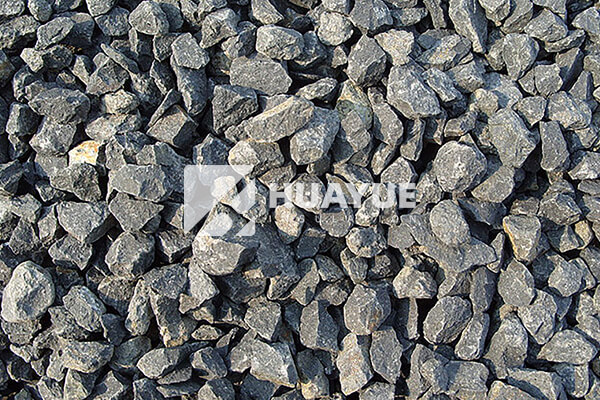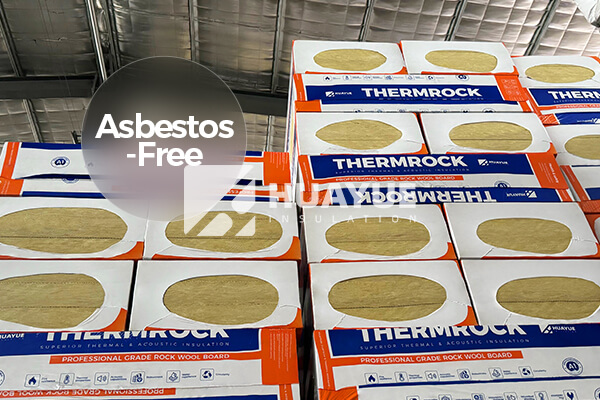What is mineral wool board?
Many building owners want a trusted solution for thermal and fire insulation, facing choices that can impact safety and energy savings for years to come.
Mineral wool board is a rigid insulation panel made from spun mineral fibers, typically used for fireproofing, thermal, and sound insulation in walls, ceilings, and industrial equipment.

Choosing the right insulation can sound overwhelming. I remember my first time visiting a manufacturing plant and seeing the different colored mineral wool boards. This made me wonder what makes each board unique. Let’s break it all down so you know what you are really getting and how it impacts your building or industrial setup.
What is mineral wool board made of?
Many people worry about material safety, longevity, and performance when selecting mineral wool board for insulation. You might wonder — what really goes into these boards?
Mineral wool board is made by melting natural rocks like basalt or industrial slag, then spinning them into fine fibers. These fibers are then compressed and bonded with resins to form rigid, durable insulation panels.

When I first learned about mineral wool, I didn’t realize how important the source material is. At HUAYUE, we take pride in using 100% basalt as our raw material. This gives our boards a slight green color, unlike the yellowish tint you see from mineral-based boards made with slag or other lower-quality sources. Basalt-based boards have much finer, softer fibers — you can feel the difference with your hands. They don’t itch, which means less discomfort during installation. Finer fibers trap air more effectively, boosting the insulation performance. They are also highly fire resistant. In fact, our basalt boards withstand temperatures up to 700°C, while standard mineral boards barely manage 500°C.
Material Comparison Table
| Property | HUAYUE Basalt Mineral Wool | Standard Mineral Wool |
|---|---|---|
| Primary Material | 100% Basalt | Mineral + Slag |
| Color | Greenish | Yellowish |
| Fiber Diameter | Very Fine | Coarse |
| Itchiness | Low | High |
| Max Service Temp | 700°C | 500°C |
| Water Resistance | Yes | Often partial |
What is mineral wool board used for?
People often ask if mineral wool boards are just for walls or if they can be used in more demanding places. The application makes a big difference in what you choose.
Mineral wool board insulates buildings and industrial tanks, resists fire, dampens sound, and prevents energy loss. It is used in walls, roofs, ceilings, HVAC ducts, and high-temperature industrial equipment.
When I walk through industrial plants, I see mineral wool board used everywhere. In homes and offices, they are often hidden inside walls or above ceilings. In heavy industry, especially in chemical plants, they show up on tank exteriors, pipe racks, ducts, and ovens. A good mineral wool board not only keeps temperatures stable but also gives buildings extra minutes of fire safety. In Germany, my friend Hans Müller chooses mineral wool boards not only for their thermal performance but also for their ability to stand up to industrial hazards. What stands out is the board’s ability to stay rigid and maintain its shape, even when supporting heavy loads, and its resistance to water, which helps prevent hidden corrosion.
Common Uses Table
| Area of Use | Purpose | Advantage |
|---|---|---|
| Building Walls | Thermal & fire insulation | Fire resistance, energy savings |
| Ceilings | Soundproofing, fire protection | Reduces noise, delays fire spread |
| Industrial Tanks | Process temperature control, CUI prevention | Resists moisture, supports heavy tank structures |
| HVAC Ducts | Thermal insulation, condensation control | Prevents energy loss, mold resistance |
| Marine/Offshore | Fireproof compartmentalization | Withstands vibration, high humidity |
Does mineral wool contain asbestos?
Safety is a growing concern for everyone. I’m often asked if mineral wool poses the same health risks as old insulation materials like asbestos.
Mineral wool does not contain asbestos. It is made from natural stone or slag, spun into fibers, and bonded with safe resins. It meets modern safety standards and is widely recognized as asbestos-free.

In the past, asbestos was common in insulation, leading to serious health problems. Today, regulations in Europe and around the world are clear that mineral wool must be asbestos-free. I always stress this when talking to clients. Mineral wool is made from volcanic rock or industrial slag, not from any mineral related to asbestos. At HUAYUE, our own production lines are sealed and certified, meaning there is zero chance of asbestos contamination. This is why our products are ISO, CE, and SGS certified, and why they are trusted by global brands. If you’re ever in doubt, look for official certifications on mineral wool and always ask for independent test reports from the supplier.
Safety Features Table
| Feature | Mineral Wool | Asbestos |
|---|---|---|
| Base Material | Basalt/Slag | Fibrous Silicate |
| Asbestos Content | None | 100% |
| Inhalation Hazard | Low (modern fibres) | Very High |
| Certification Available | ISO, CE, SGS | Not valid |
| Approved for New Projects | Yes | No (banned) |
How long does mineral wool last?
We all want an insulation that outlasts short-term fixes. Hans and I often talk about lifetime performance of materials.
Mineral wool board can last 30 to 50 years or more if correctly installed and maintained. It keeps its insulating and fire-resistant properties for decades, making it a cost-effective long-term investment.
I have seen tanks insulated with mineral wool board remain in perfect working order after decades. The key is proper selection and installation. Basalt-based mineral wool, like what we use at HUAYUE, holds its structure even in harsh industrial environments — high humidity, mechanical vibration, and temperature fluctuations don’t seem to faze it. In commercial buildings, mineral wool board rarely needs replacement unless it is physically damaged or exposed to prolonged, standing water. Its water repellency and fire resistance help it avoid many of the aging problems that affect other insulations. When we send our boards to markets all over the world, we provide written lifespan guarantees. We also encourage clients to specify mineral wool with high temperature ratings and fine fibers for maximum long-term value.
Lifespan Table
| Insulation Type | Typical Lifespan | Failure Causes | Maintenance Need |
|---|---|---|---|
| Basalt Mineral Wool | 30-50 years+ | Mechanical damage, rare | Very Low |
| Slag Mineral Wool | 20-30 years | Water ingress, sagging | Low |
| Asbestos (Historical) | 40+ years | Health hazard! | Not legal |
| Glass Wool | 15-30 years | Settling, itchiness | Low |
Conclusion
Mineral wool board provides long-lasting fire, thermal, and acoustic insulation using safe materials. Choosing high-quality basalt-based boards means better performance and peace of mind for decades.
You may also be interested in:
Ready to Get Started?
Get in touch with our experts for personalized solutions tailored to your needs.
Get Free QuoteLatest Articles

Glass Wool Fire Rating: How Safe Is Your Insulation?
Dec 25, 2025
Let's Work Together
Ready to take your business to the next level? Get in touch with our team of experts and let's discuss how we can help you achieve your goals.
Get Free Solutions






